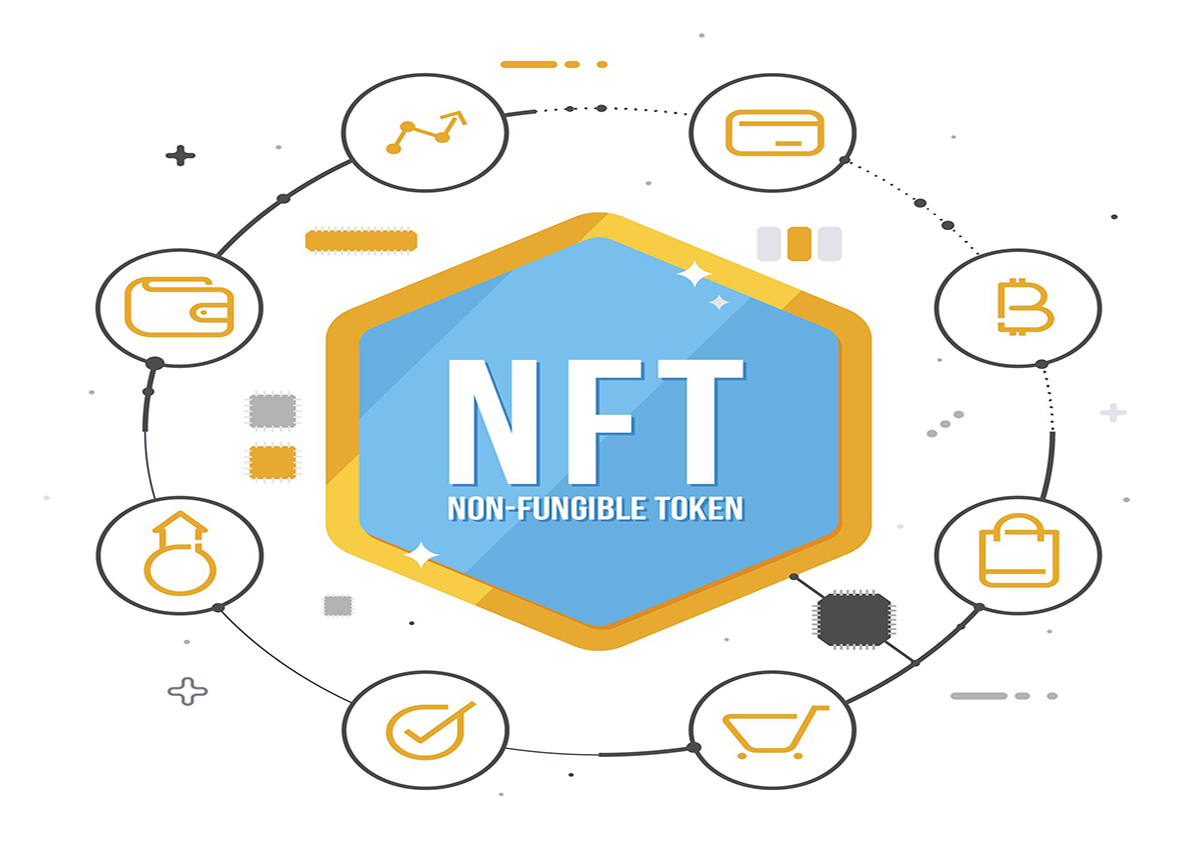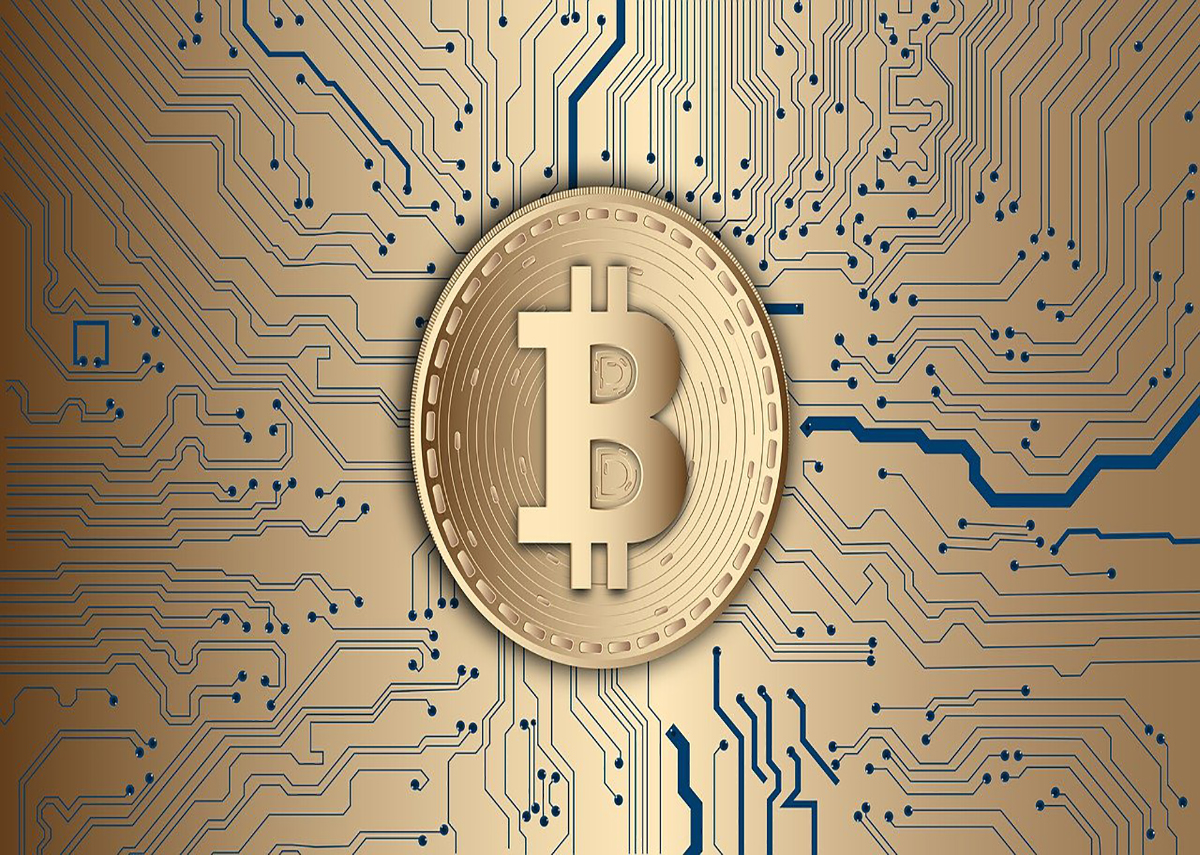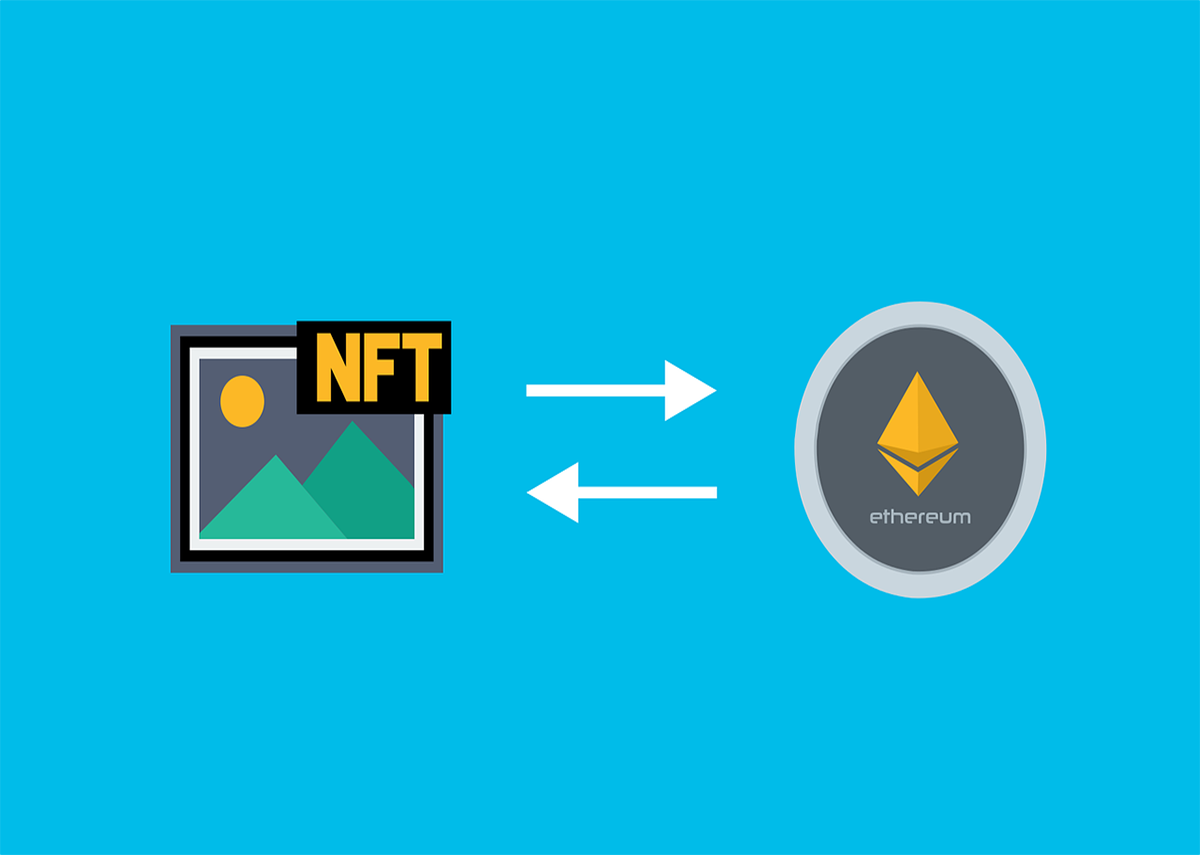How Blockchain And Edge Computing Works Jointly
Share

There is a significantly interdependent link between Blockchain and edge computing. Edge computing is a distributed form of computer architecture that is capable of supporting Blockchain nodes. Simply, edge computing can become an infrastructure for the Blockchain transactions’ storage and history. For one, Blockchain has the potential to enable a vast cloud marketplace (distributed).
Process of Blockchain
Blockchain is a substantially effective subset of the distributed ledger technology. Blockchain technology provides multiple access points to several different parties to a certain database. Keep in mind that the database is append-only. Thus, Blockchain eliminates the need for any intermediary to enable transactions (digital) between various types of end-users, including individuals and institutions.
Blockchain creates time-stamped histories of every transaction that takes place between the users of cryptocurrency. Despite the presence of smart contracts, what limits Blockchain from achieving scalability are the elemental challenges.
In simple words, the open Blockchain systems do not limit participants. Therefore, excessive time lags and power consumption exist throughout the distributed ledger system of Blockchain as it spreads.
How Can Blockchain Potentially Support Edge Computing?
Accessing the infrastructure of edge cloud via edge computing is a challenge for developers around the world. In such a case, the availability of a commercial model could make things drastically easy.
Initially, there remains a probability of edge cloud infrastructure to stay in fragmentation across the telecom operators. Hence, it requires a developer to maintain the working level of the application throughout the access points in a country and cross-borders.
Nonetheless, a potential solution does exist for this problem in the form of Aggregation. It allows single entities to create an individual interface for every edge computing infrastructure’s telecom operator to plug into.
How Does Blockchain Fit In?
Blockchain could provide a decentralized edge computing marketplace structure to match the edge infrastructure’s suppliers with the users (those who are demanding) – all of that with the lack of control point.
How Edge Computing Supports Blockchain
Blockchain makes it difficult to hack, change, or cheat the system. However, Blockchain transaction processes can take more time. For that reason, companies like NVIDIA are stepping up with their solid and extremely powerful graphics processing units (GPUs) to aid in Blockchain transaction processing.
On the other hand, edge computing can be a helpful option in such a case. Edge computing infrastructure applications demand powerful GPUs and capable processors due to their low-latency form and considerably higher bandwidth.
Further, Blockchain nodes traverse throughout its entire network architecture, eventually resulting in processing delays. With edge computing infrastructure, you can get a better networking flow and mechanism of a server-to-server chain. Conclusively, Blockchain nodes will travel less and save time.
Conclusion
With advancements improvements in technology, it will be interesting to see improved integration of Blockchain and edge computing.




